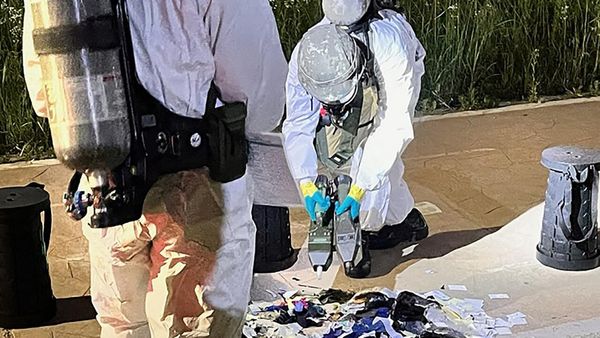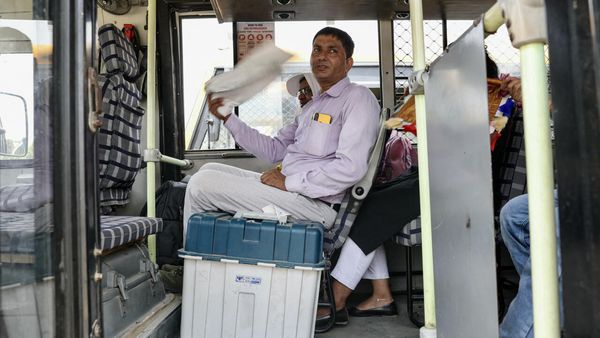Students in Western Australia's public schools are now learning Indigenous languages at a record rate, with numbers growing across the state.
The 24 Aboriginal languages being taught across WA now have around 10,000 students, up significantly from 6,000 just two years ago.
Much of that growth has been in the state's south-west, or Noongar, region, where the number of students more than doubled over that time.
But Education Minister Sue Ellery acknowledges there is still a long way to go.
Students embrace opportunity
One of the 68 schools offering Indigenous languages is East Waikiki Primary School, which teaches Noongar to students from years three to six.
"Some of the words are pretty easy to remember, so they'll probably stick with me for the rest of my life," year six student Dylan Rowlandson said.
"Probably like 'kaya', which means two things, it means yes and hello."
Classmate Alexia Verelst has also enjoyed learning the new language.
"Because you can respectfully learn and speak the language of the people that own this land," she said.
Language gives insight into culture: Minister
Ms Ellery said the expansion of Indigenous language lessons was an important part of how schools taught about the oldest living culture in the world.
"To understand it properly we need to understand their language," she said.
"So making sure that children get the opportunity to choose to learn an Indigenous language is a really important part of that.
"It's important in recognising who we are as Australians, and recognising the Indigenous culture, but it's also good for kids' brains to learn another language."
While the government does not have a target for the number of schools it wants to teach Indigenous languages, it is training more Aboriginal language teachers and developing resources to make Noongar easier to teach.
"That's an important contribution that education can make to maintaining the Indigenous culture," Ms Ellery said.
"Ten thousand students is fantastic, and to do such a big leap just in the last couple of years is important too, but we've got such a long way to go until this is widespread throughout public schools."
Extending pathways a challenge
Carly Steele studies the use of languages in the classroom at Curtin University and said offering Indigenous languages created some unique learning opportunities.
"They're the languages of our country," she said.
"So it provides students with an opportunity to learn about the country that they're on and its first peoples.
But as demand grows, Dr Steele said keeping pace would be a challenge, as well as keeping students engaged with Indigenous languages.
"There is a need to develop stronger learner pathways," she said.
"At the moment many Aboriginal language programs run alongside European or Asian languages because there isn't a pathway from primary school to high school to university.
"So if learners want to continue and pursue languages throughout their schooling, those options need to be provided."
Language a connection to culture
Rhys Paddick is an Aboriginal educator and artist who is excited by the idea of 10,000 students learning local Indigenous languages.
"If anything we would love more of that," he said.
"[The way] the elders that I've spoken to talk about Aboriginal language is that it's not like it's even our language.
And that, Mr Paddick said, adds an "even more special element" to learning the language.
"It's beyond the words that we're hearing, it's almost as if it's an invitation to learn about the culture of that country, of that place," he said.
Education can help preserve language
2022 marks the first year of the United Nation's International Decade of Indigenous Language, which aims to preserve, revitalise and promote languages at risk of being lost.
Ms Ellery, Mr Paddick and Dr Steele all highlighted the important role education had to play in preserving languages at risk of being lost.
"It's definitely a way that we can help revive this language, beyond just Aboriginal people doing it," Mr Paddick said.
"That's a language that's been spoken on that country, on that boodja, for such a long time it just makes sense for it to continue in that way.
"Which means it's kind of up to all of us."







